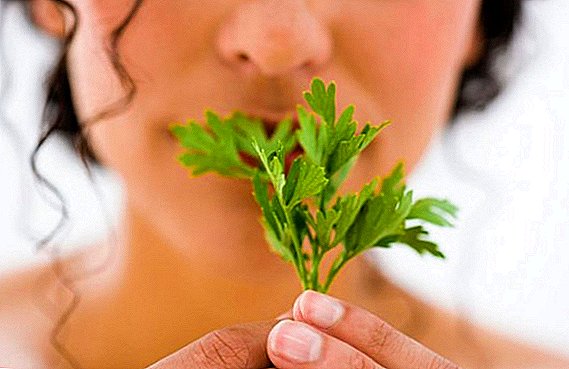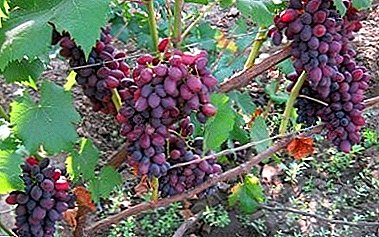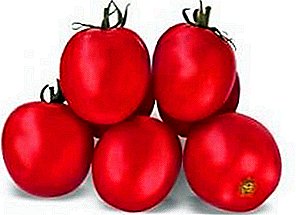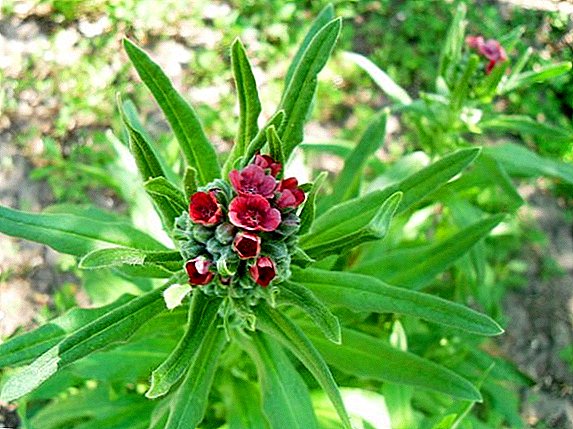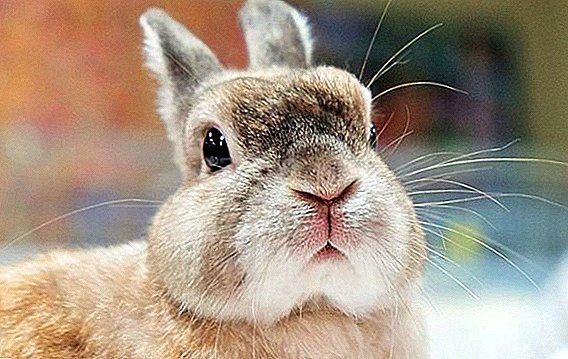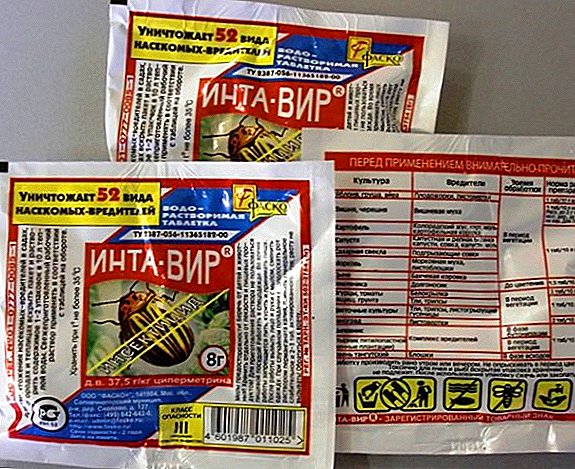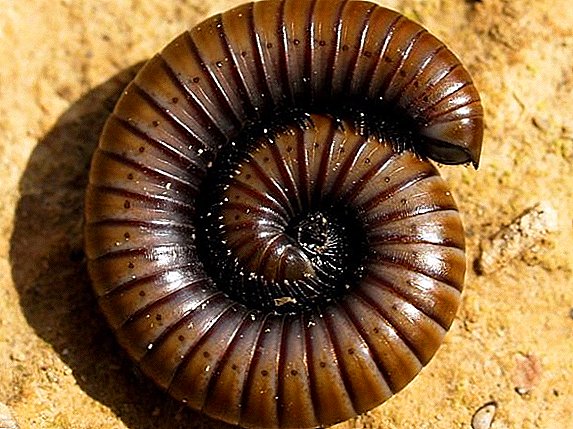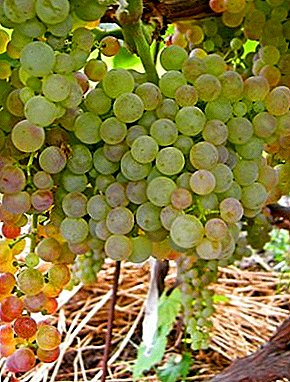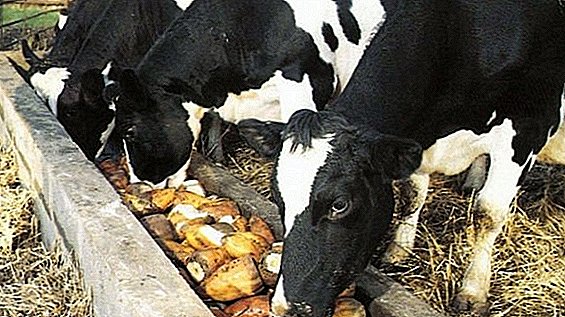 If it turned out to be a fruitful year and there are a lot of potatoes, then farmers are wondering if they should be fed to domestic animals, in particular, cattle.
If it turned out to be a fruitful year and there are a lot of potatoes, then farmers are wondering if they should be fed to domestic animals, in particular, cattle.
Let's find out whether it is possible to feed the cows with potatoes, and what benefits and harm this product can bring.
Is it possible to feed cows
The introduction of potatoes in the diet of cows helps to reduce the amount of other feed and reduce the cost of meat and milk.  At a low price, this root crop has a good set of vitamins, micro-and macronutrients, which has a positive effect on the vital activity of cattle.
At a low price, this root crop has a good set of vitamins, micro-and macronutrients, which has a positive effect on the vital activity of cattle.
Did you know? Potato varieties Vitelotte is different from other varieties of dark purple pulp.
Raw Potatoes
There is an opinion that starch found in potatoes can cause a blockage of the mammary glands in a cow. This opinion is erroneous. Burenkas can and should be introduced into the diet of raw potatoes.
Previously it must be cleaned from the ground, washed and cut into pieces. Dirty product adversely affects the digestive system and spoils the state of the teeth of a cow. It is best if potatoes are peeled, but not necessary.  An adult animal per day can be given 10-15 kg of root. Raw potatoes should not be spoiled, rotten or ice cream.
An adult animal per day can be given 10-15 kg of root. Raw potatoes should not be spoiled, rotten or ice cream.
Important! In order to avoid poisoning with poisonous substance solanine, potatoes should not have a green skin.
Boiled potatoes
If the potato began to germinate or began to turn green, then it can only be given boiled. Spoiled root vegetables use only those whose damage amounts to no more than one third of the total tuber. The rotted or affected areas are removed before cooking. The water in which the potatoes are boiled must be drained. It can contain a hood of rot and solanine, which is highly soluble in hot water.  Eaten boiled root vegetables should be removed from the trough after 5-6 hours, otherwise they will quickly deteriorate.
Eaten boiled root vegetables should be removed from the trough after 5-6 hours, otherwise they will quickly deteriorate.
Read about how to give the cow a beet pulp and why salt is necessary for cattle.
Potato tops
As we have already noted, the potato contains a chemical compound - solanine. It is toxic and can be toxic if ingested in large quantities.  The leaf and sprouted shoots contain an increased dose of solanine. Do not exclude the possibility of the presence of nitrates in the leaves, which may enhance the effect of solanine. It is impossible to give it to the cows, as this is fraught with gastric disorders and poisoning, even death.
The leaf and sprouted shoots contain an increased dose of solanine. Do not exclude the possibility of the presence of nitrates in the leaves, which may enhance the effect of solanine. It is impossible to give it to the cows, as this is fraught with gastric disorders and poisoning, even death.
Did you know? The imprint of a nasolabial mirror of a cow is as individual as the fingerprint of a person.
Potato skinned
Since the content of solanine in the peel is higher than in the tuber itself, it is worthwhile to introduce it into the diet carefully and in small portions. Potato peel is desirable to boil and drain the water. 
Learn about the feeding habits of cattle in the winter, as well as about the benefits and harms of feed additives in the cattle diet.
What to do in case of poisoning
The first signs of poisoning appear after a few hours. Symptoms may be as follows:
- oppression of the animal;
- low mobility and weakness in the hind legs;
- inhibited response to external factors;
- lack of appetite;
- profuse salivation;
- diarrhea;
- defeat of the mucous membranes (palate, tongue, skin around the lips, vagina, anus);
- temperature rise.

When poisoning, the first thing to do is to completely eliminate potatoes from the diet.
After that, the cows are poured into the mouth of the hellebore tincture (2 ml diluted in 400 ml of pure water) and give a saline laxative (for example, "Bi-salt"). It is recommended to call the veterinarian to prescribe the necessary treatment.
Important! The meat of cows slaughtered due to solanine poisoning should be subjected to laboratory examination. Permission to use such a product can be possible only with proper heat treatment.
Better feed cows
In addition to potatoes, other available foods can be added to the diet of cows:
- root vegetables (carrots, fodder beet);
- melons (watermelon, pumpkin, zucchini);
- silage;
- branch feed.

If you decide to introduce such a root crop as potatoes into the diet of your boars, follow the simple rules: wash and cut the tubers, do not exceed the allowable rate (10-15 kg per day), completely eliminate spoiled and germinated specimens. A reasonable amount of potatoes will only benefit and help increase milk production.


